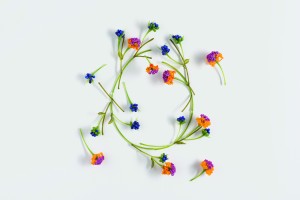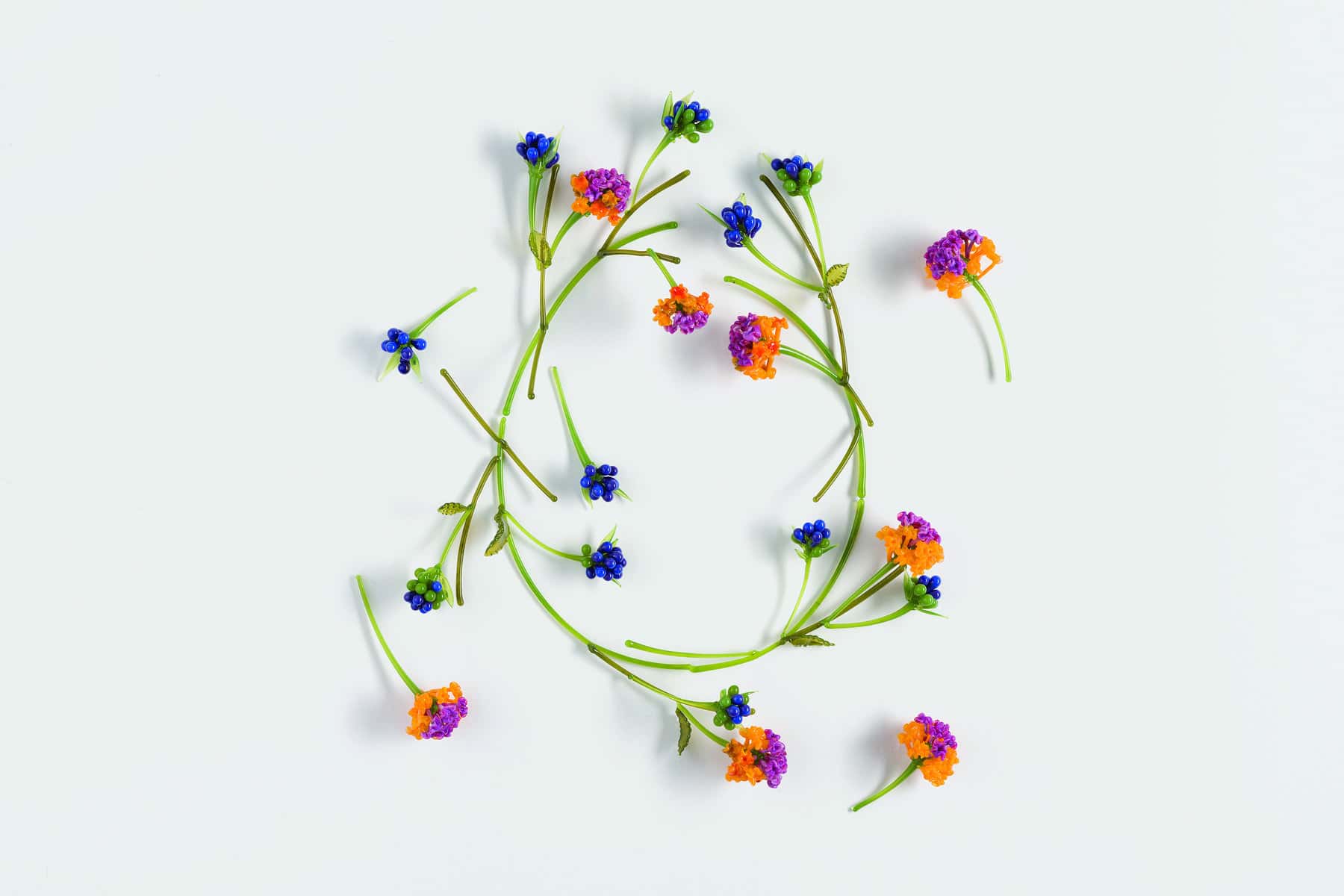A  few months into her new job as curator at the Chrysler Museum of Art, Carrie Needell was leafing through an auction catalogue to get a feel for glass artists’ names and work. Not just the ones who had been at it for a while, up-and-comings were on her radar, too.
few months into her new job as curator at the Chrysler Museum of Art, Carrie Needell was leafing through an auction catalogue to get a feel for glass artists’ names and work. Not just the ones who had been at it for a while, up-and-comings were on her radar, too.
A photo of a spiny sea urchin-like creature caught her off guard.
“I was mesmerized,” says Needell. “It was absolutely amazing. I never saw anything like it before.”
Credit for “Tactual Stimulation,” the new object of her affection, goes to Dafna Kaffeman, an Israeli artist, born in Jerusalem. It was created in her Tel Aviv studio in 2007 and is composed of flame-worked glass filaments on a silicone base.
Everything about it aligned with Needell’s role as a curator. What touched her personally was the way Kaffeman links plant and animal life and glass, fusing danger with delicacy and fragility. She was blown away by this force of nature in the glass art world and was pretty sure others would be too.
That’s when she did nothing.
“I tucked it away in my brain.”
A full year later, on a Renaissance glass gallery trip to London, Needell visited the Victoria and Albert Museum, where she spotted a similar lavender-colored glass creature, like the one in the auction catalogue.
Note to self: “I need to get one of these.” Immediate and emphatic.
The creamy glass creature checked all the boxes for glass art that nobody saw before.
“In one small intricate object, you have powerful messaging, an international artist, and a unique technique. I knew this was perfect for the Chrysler’s collection. This would appeal to the broader community in many ways we aspire to serve it.”
It took a little leg work on Needell’s part, but a gallery in Portland and the Renee Diamonstein Memorial Fund helped make it happen. A peach-cream colored version of “Tactual Stimulation” is now part of the Chrysler’s permanent glass art collection.
Whenever an exhibition idea is considered for collection at the Chrysler, it’s introduced to the entire museum team, not just curators.
“We think about community impact quite heavily,” says Needell. “How will it serve the community?
“We purchased Dafna’s piece in 2019, but she created it in 2007. I wondered, ‘what is she doing now? What’s her work like these days?’”
A complex question with an organic answer.
If You Thirst for a Homeland, now on exhibit at the Chrysler, is inspired by the natural world in which Kaffeman lives and works. Each botanical form reflects her Israeli homeland’s natural environment. The glass specimens she fuses are mounted onto fabric, and surrounded by quotes, many from current events in Israel—either in Hebrew or Arabic—expressing juxtapositions that define modern life in Israel.
In her effort to prepare to host the exhibit, Needell dug deep to learn the profound meaning behind the symbolism of flowers and insects, both of which are staples in Kaffeman’s body of work.
Candidly, she was nervous at first.
“Dafna is not in our face. She’s doesn’t tell you anything outright. We’re not taking a stance, that’s not our role.”
A mindful thought process helped her overcome concern and move to host the exhibit. Forging a collaboration with Jewish Federation of Cleveland allowed both institutions to save on transport expenses and introduce If You Thirst for a Homeland to their communities.
A fantastical constellation of elements was completely aligned with her curator’s vision. Flame-work is a rather unique technique, far different than glass blowing. Needell looked forward to bringing international talent to the museum; Kaffeman is the first Israeli glass artist featured there.
“I knew it would bring a lot to the community if we hosted an exhibit.”
There were so many reasons for so many people, not just glass collectors or patrons to find something here. Additionally, she couldn’t overlook the possibility to gain new educational partners and programming.
“The Education department was really excited about the work’s potential to connect with our large Jewish community, schools, and temples—and so many others they don’t reach on a regular basis,” says Needell.
“Kirk Levy is one of our museum board members. He put me in touch with Robin Mancoll at United Jewish Federation of Tidewater where there has been so much excitement. UJFT is co-sponsoring the Visiting Artist lecture that Dafna will give while she visits, and we are hosting a couple of joint events—so it looks like this exhibition is doing the work of the museum’s mission!”
Needell notes there is also some interest by the Israeli Embassy to support a catalog for the exhibition—which should be coming out and available for purchase at the museum shop by early November.
“I’m personally drawn to the connection between humans and plants—growth and lifecycles. And the fragility of glass as it relates to both is very meaningful. It’s beautiful how she links it all together.”
Docents have shared feedback from fifth graders up to seniors of all ages about how strikingly realistic the objects are.
“Her work has a way of reminding you that things are going on,” says Needell. “You can bring your own knowledge and beliefs to it and decide what you think. The graphic reference to a tortured prisoner draws attention to something happening, but leaves room for the viewer. Her work comes across like ‘don’t forget about things going on.
“I appreciate a beautiful flower made of glass. That magic is all some people need.”
For those who thirst for more, the deeper meaning is there.
–Lisa Richmon
Visiting Israeli glass artist Dafna Kaffeman
Saturday, November 6, 7:30 pm
Chrysler Museum’s Perry Glass Studio
Free for Museum members/$5 for non-members
To register or learn more, visit www.JewishVA.org/IsraelToday or Chrysler.org.

